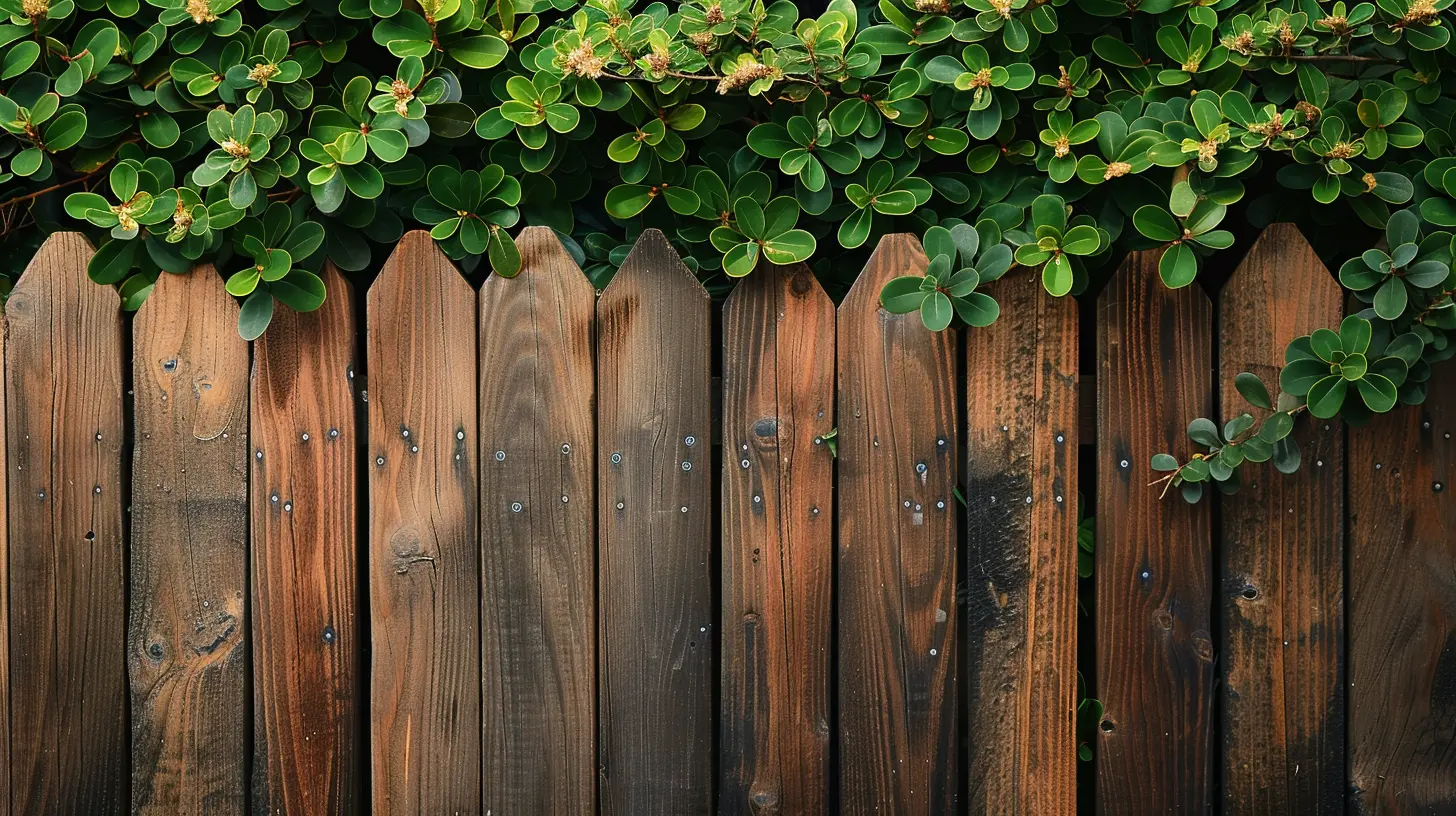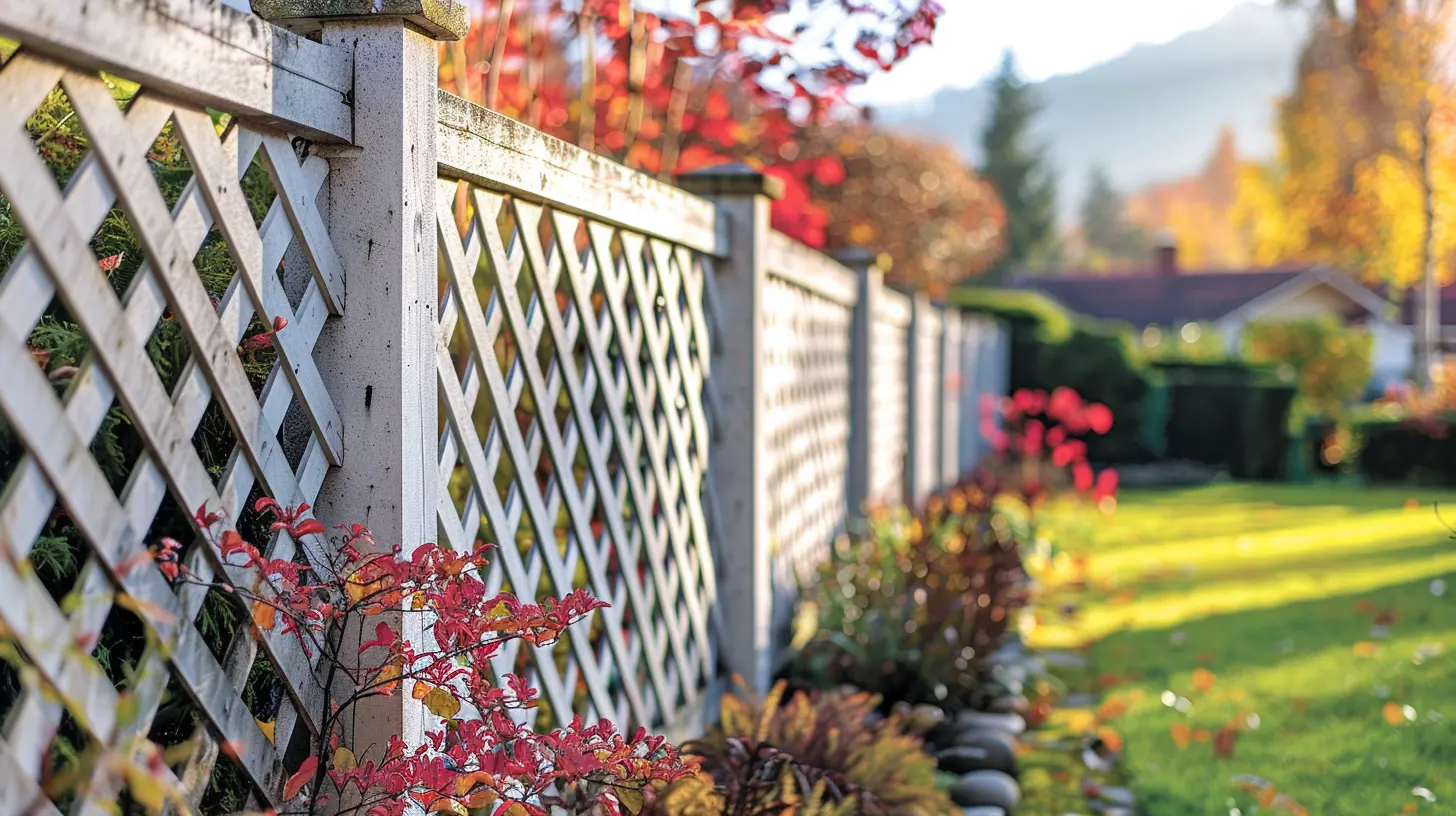8 April 2025
Your fence does more than just mark the boundaries of your property—it’s your home’s first line of defense against intruders, a privacy shield, and a reflection of your style. But let’s face it: fences don’t take care of themselves. Over the years, without a little TLC, even the sturdiest fences can start looking like they’ve been through a hurricane (even if it’s just been a few rainy seasons). So, how do you make sure your fence stands the test of time? Stick with me, and I’ll show you how to keep your fence standing tall and proud for years to come.
Why Fence Maintenance Matters
Before we dive into the nitty-gritty, let’s start with the big “why.” Why bother with fence maintenance in the first place? Think about it: your fence is like the silent guardian of your property. It protects, beautifies, and provides peace of mind. But like all things exposed to the elements, it ages. Rain, sun, wind, snow—Mother Nature doesn’t take it easy on fences.Regular maintenance isn’t just about keeping things looking pretty. It’s about saving money in the long run. Replacing a damaged fence or even a section of it can be pricey. But with some proactive care? You can avoid those costly repairs and extend your fence’s life, giving you more bang for your buck.
1. Inspect Your Fence Regularly
First things first: you’ve got to keep an eye on your fence. I mean, how can you fix a problem if you don’t even know it exists? Make it a habit to inspect your fence at least twice a year—say, once in the spring and once in the fall. Look for cracks, warping, rust, peeling paint, or any signs of damage. Found a loose nail? A rotting board? Don’t wait; small issues can snowball into major headaches if ignored.Pro Tip: Do a Post-Storm Check
If there’s been a heavy storm, strong winds, or hail in your area, do a quick check afterward. Fences can take a beating during bad weather. The sooner you spot damage, the sooner you can address it.
2. Keep It Clean
Ever heard the saying, “Cleanliness is next to godliness”? Well, that applies to your fence, too. Dirt, mold, and mildew might not seem like a big deal, but over time, they can lead to decay, especially on wooden fences.How to Clean Your Fence
For wooden fences: Use a mixture of mild soap and water, and scrub with a soft-bristle brush. Avoid aggressive power washing since it can strip the wood’s surface.For vinyl or metal fences: A garden hose and some soapy water are usually all you need to get rid of grime.
A clean fence not only lasts longer but also looks great. And let’s be honest, nobody wants their fence to be “that fence” in the neighborhood. 
3. Protect Against Moisture
Moisture is your fence’s number one enemy, especially if it’s made of wood. Water can seep in, leading to rot and decay. But don’t panic—there are ways to fight back.Seal It Up
Applying a good-quality wood sealant or stain can work wonders. Stains don’t just enhance the natural beauty of wood; they also create a barrier against water. Make sure to reapply the sealant every couple of years to keep the protection strong.Good Drainage Matters
Ensure there’s proper drainage around your fence. Avoid planting shrubs, flowers, or grass too close to the base of the fence, as they can trap moisture. And while we’re at it, keep those sprinklers from spraying directly onto your fence—your plants may love it, but your fence definitely won’t.4. Prevent Pests From Taking Over
If you’ve got a wooden fence, you’ve probably got termites on your list of worries (and if not, you definitely should!). Termites, carpenter ants, and other pests can chew through wood faster than you’d expect, leaving your fence weak and unstable.How to Keep Pests Away
- Choose Treated Wood: If you’re installing a new fence, opt for treated wood that’s designed to resist pests.- Trim Vegetation: Keep bushes and trees trimmed so they don’t touch the fence. Overhanging branches can act like bridges for pests.
- Use Preventatives: Spray a termite repellent or apply pest-control treatments to your wooden fence, especially if you live in a termite-prone area.
5. Address Rust on Metal Fences
Metal fences, like wrought iron or chain-link, are durable, but rust can be their kryptonite. Once rust gets a foothold, it spreads quickly and eats away at the structure.Rust Prevention Tips
- Scrape and Paint: If you spot rust, grab a wire brush and scrape it off. Then, apply a rust-resistant primer and a fresh coat of paint. Think of it like giving your fence a protective shield.- Galvanization: If you’re planning to install a metal fence, opt for galvanized metal. It’s coated to resist rust right from the start.
Rust can’t win if you don’t give it a chance.
6. Tighten and Replace Hardware
Over time, screws, nails, and hinges can come loose or corrode. The last thing you want is a gate that won’t close properly or a panel that’s about to fall over.Here’s What to Do:
- Check all hardware during your regular inspections.- Tighten screws or nails that have started to wiggle out.
- Replace any rusted or broken hardware with stainless steel or galvanized options—they’re tough and rust-resistant.
7. Repaint or Restain Every Few Years
This one’s especially important for wooden and metal fences. A fresh coat of paint or stain isn’t just about aesthetics—it’s about protection. Paint acts as a barrier, shielding your fence from moisture, UV rays, and pests.Timing Is Everything
For wooden fences: Re-stain or repaint every 2–3 years, depending on your local climate.For metal fences: A fresh layer of rust-proof paint every few years will keep it looking sharp and rust-free.
Ask yourself: would you rather spend a weekend painting your fence or spend thousands replacing it entirely? I thought so.
8. Mind the Landscaping
Your fence doesn’t exist in a bubble—it’s part of your landscape. And while trees and shrubs look beautiful, they can be accidental fence-wreckers.Things to Watch Out For:
- Tree roots can shift the ground under your fence, causing warping or even collapse.- Overgrown branches can scratch, weigh down, or damage fence panels.
- Vines may look charming, but they can trap moisture and invite pests.
Keep greenery in check, and your fence will thank you.






Sophia Bowers
Great article! Regular maintenance is essential for ensuring the longevity of your property’s fence. Simple tasks like cleaning, staining, and inspecting for damage can go a long way. Investing time in upkeep not only enhances curb appeal but also protects your investment in the long run. Thank you for the valuable tips!
April 16, 2025 at 9:01 PM